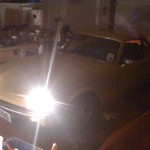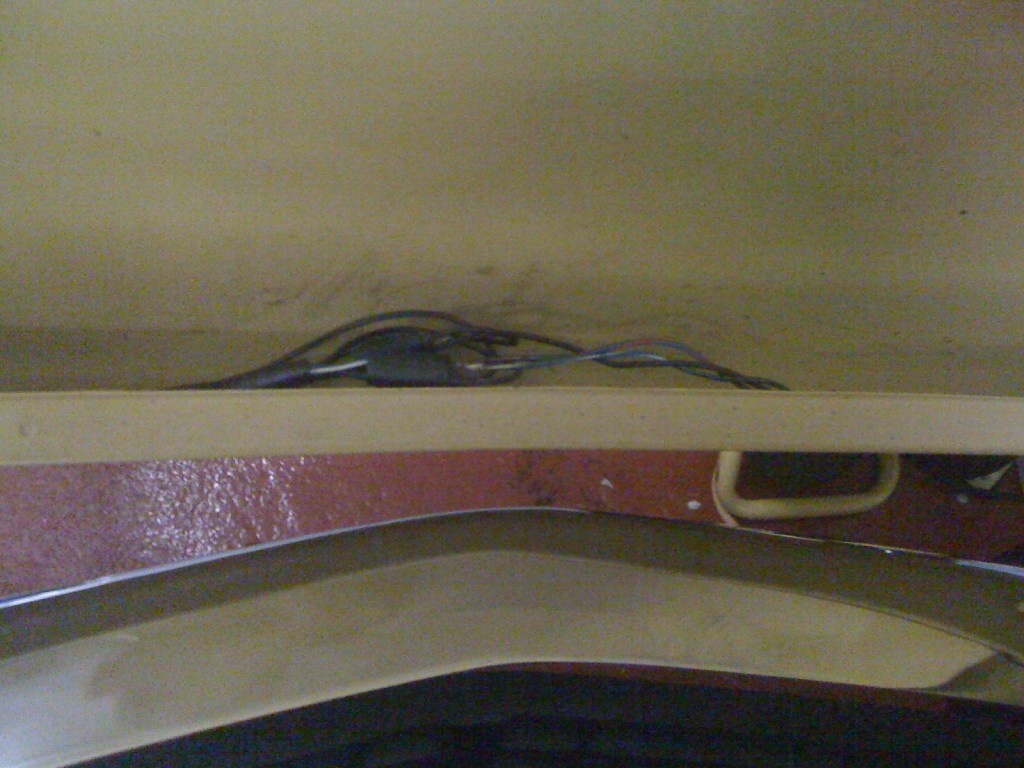14 NovThe Case For Headlight Relays
 I guess this really the first part of a two part guide on how to install headlight relays, although this part doesn’t really feature me doing much (I’m still waiting for the relay holders to arrive).
I guess this really the first part of a two part guide on how to install headlight relays, although this part doesn’t really feature me doing much (I’m still waiting for the relay holders to arrive).
There are several reasons why using relays to activate the headlights are a good idea, including:
- brighter headlights
- vastly extends the life of the dashboard/steering switches
- increased capacity to use brighter bulbs
The headlights will become brighter when using relays, mainly because over time the original Triumph factory wiring will have developed increased resistance. As you will remember from your school physics lessons, V=IR (voltage = current x resistance). Therefore V/R = I. The greater the quantity R (resistance), for a given voltage, the current goes down. In headlamps, less current means less brightness!
Secondly, when using a relay, instead of sending all that current like the factory did through to the headlamp switch, then to the steering column main/dip switch, then out through the loom all the way to the headlamps, we use a thick brand new cable that takes 12v straight off the battery, and sends it to the relay mounted really close to the headlamps. We keep the original factory wiring because this is now our ‘activation’ circuit for the relay, but the current it now needs to take is significantly less (relays usually draw 1A at the most).
Consequently, the life of your switches will be extended greatly. No more burnt out dashboard light switches or strange smells of burning behind the dashboard (except for the rest of your old dodgy wiring!).
Finally, because we don’t have to worry about the current rating of the old loom, and know exactly what our thick 12v relay feed wire can handle, there’s now the option of using brighter bulbs in the headlamps – eg. 100w Halogens. Make sure you check with local regulations first though to ensure these bulbs are legal.

I’ve taken some readings on my car and the results weren’t that surprising. Still using it’s original factory loom, these are the connections where power goes to each headlamp individually.
- The battery measured a healthy 12.23 volts.
- The dipped beam supply measured 10.47 volts
- The main beam supply measured 10.1 volts.
That voltage drop means quite a loss of brightness and efficiency, so the real test will be to see how this improves once the relays are fitted in part 2.








